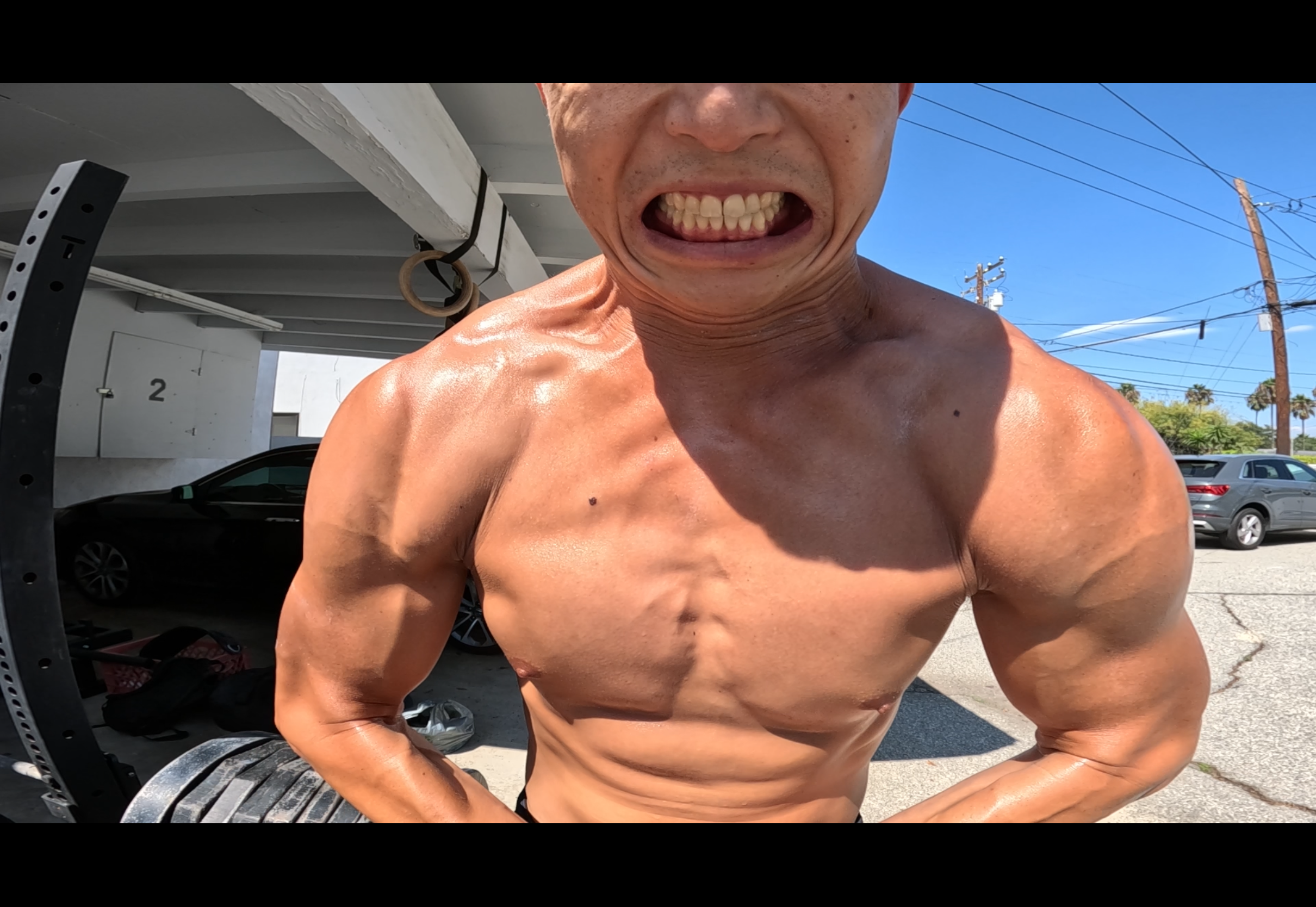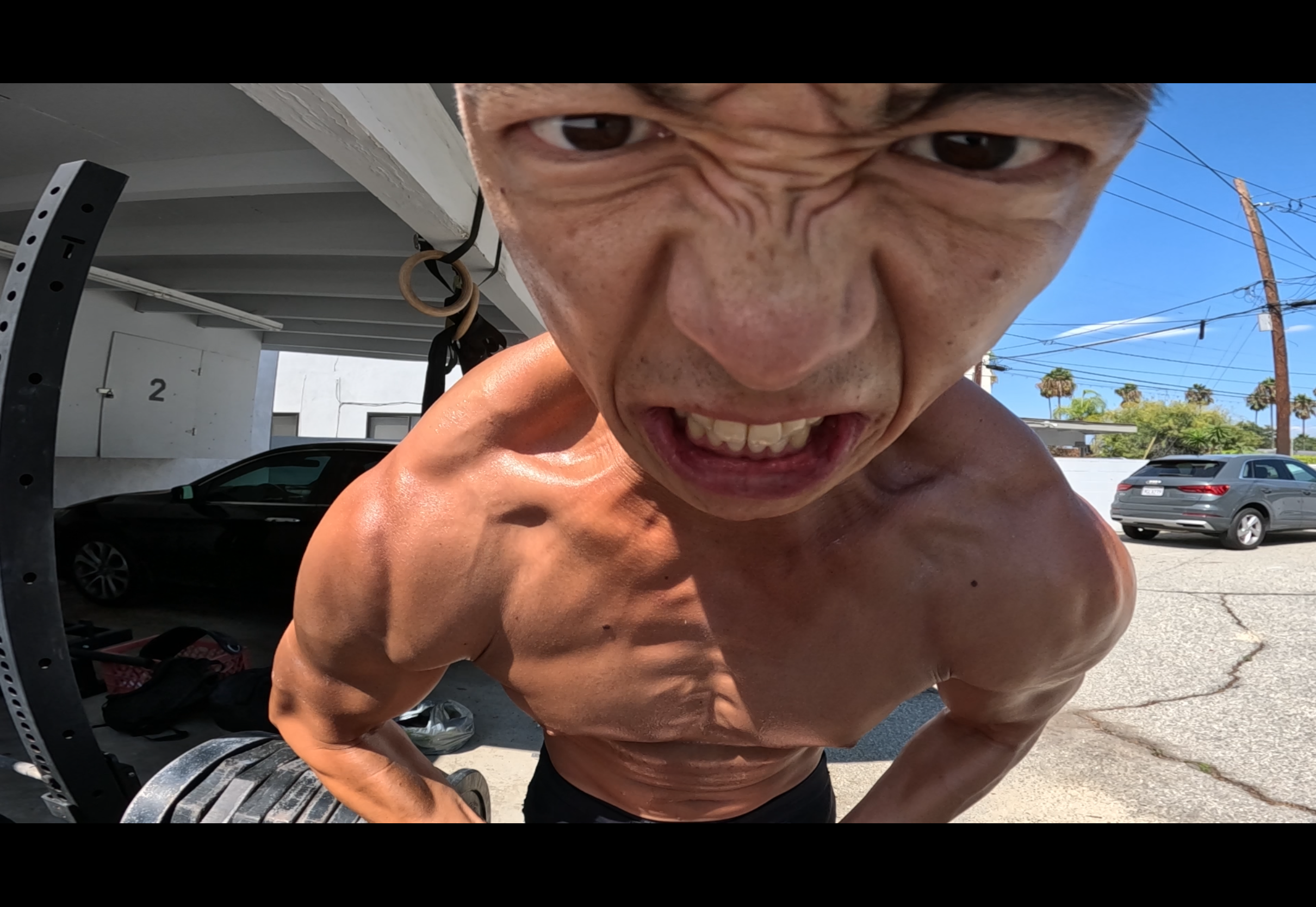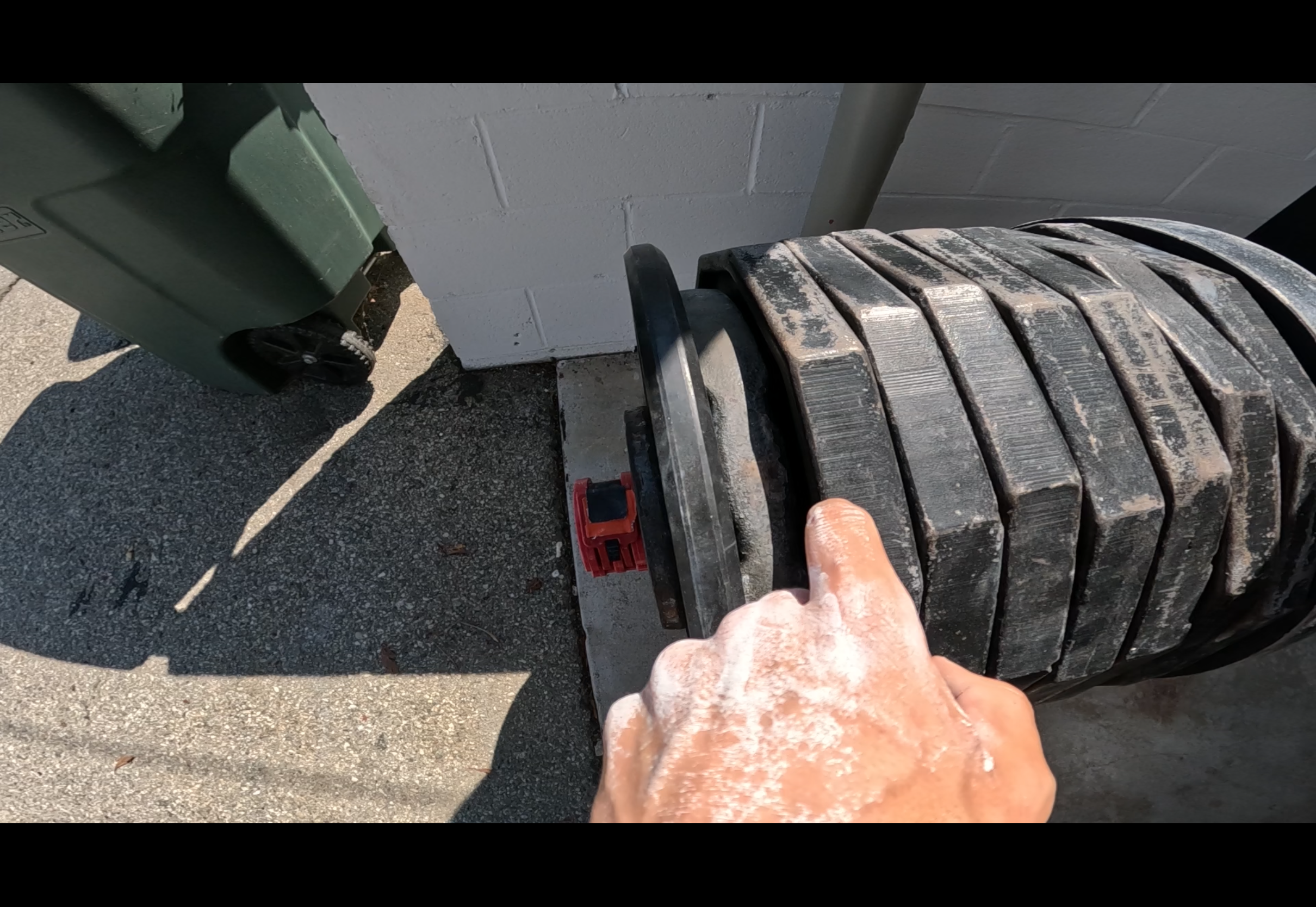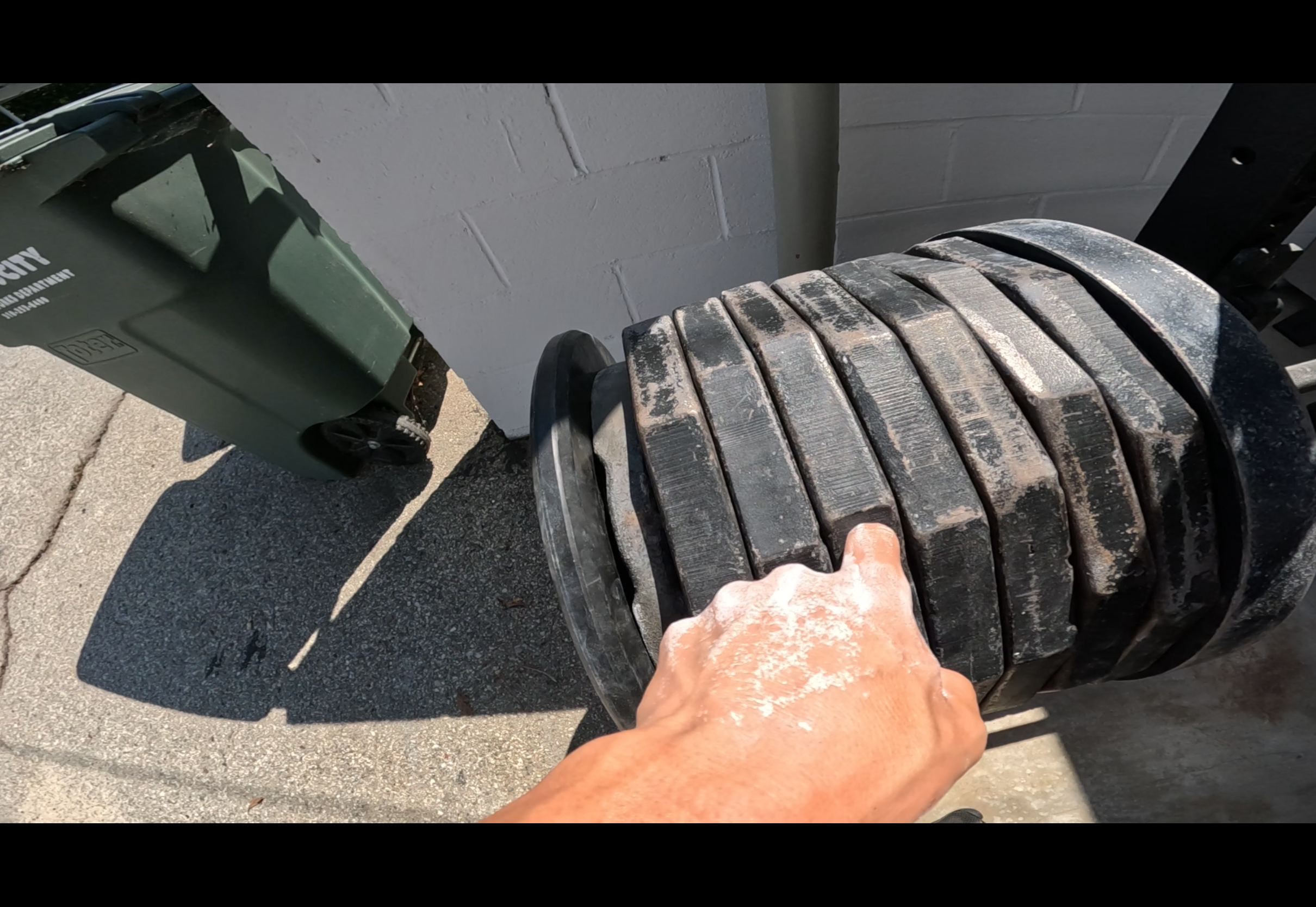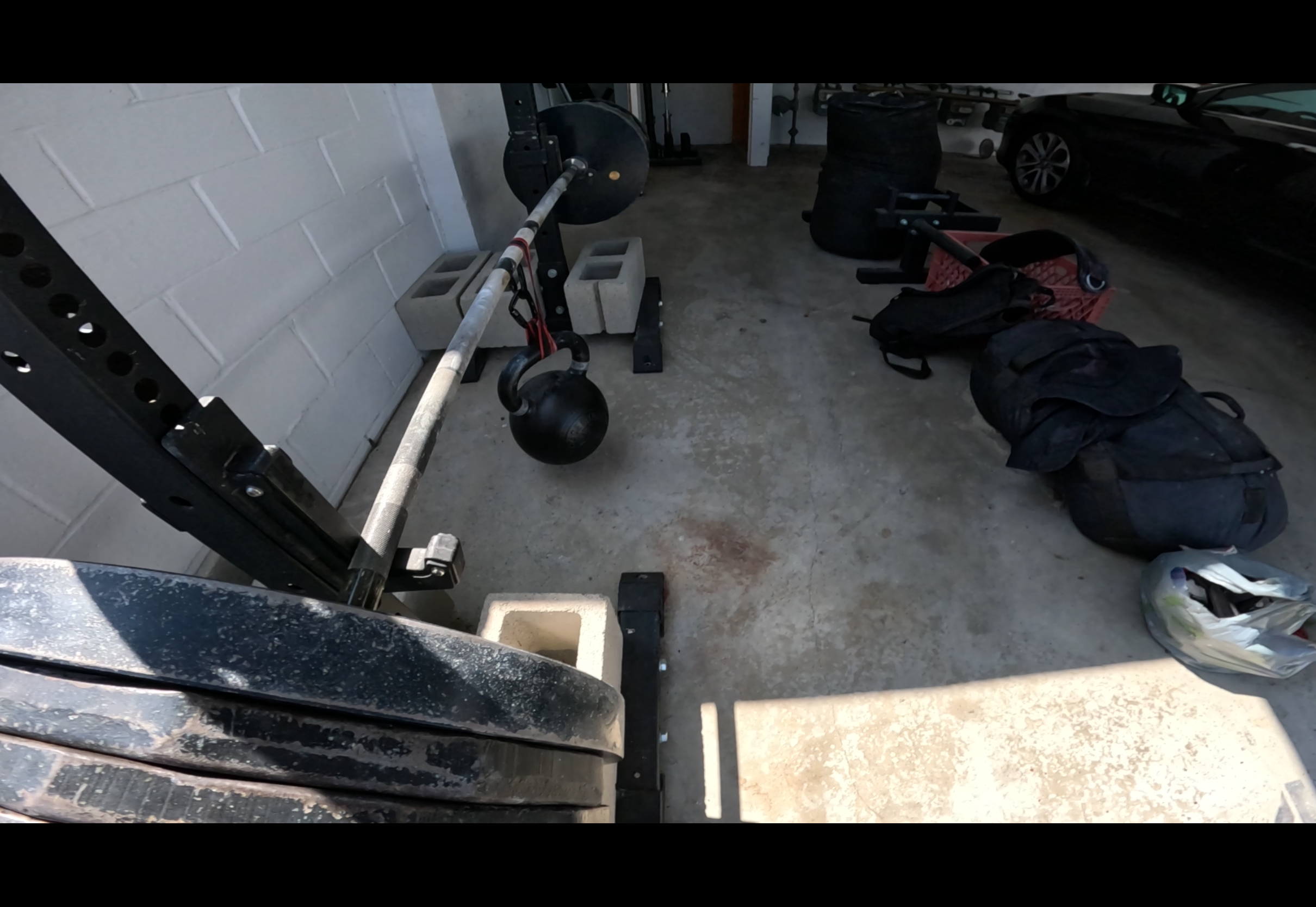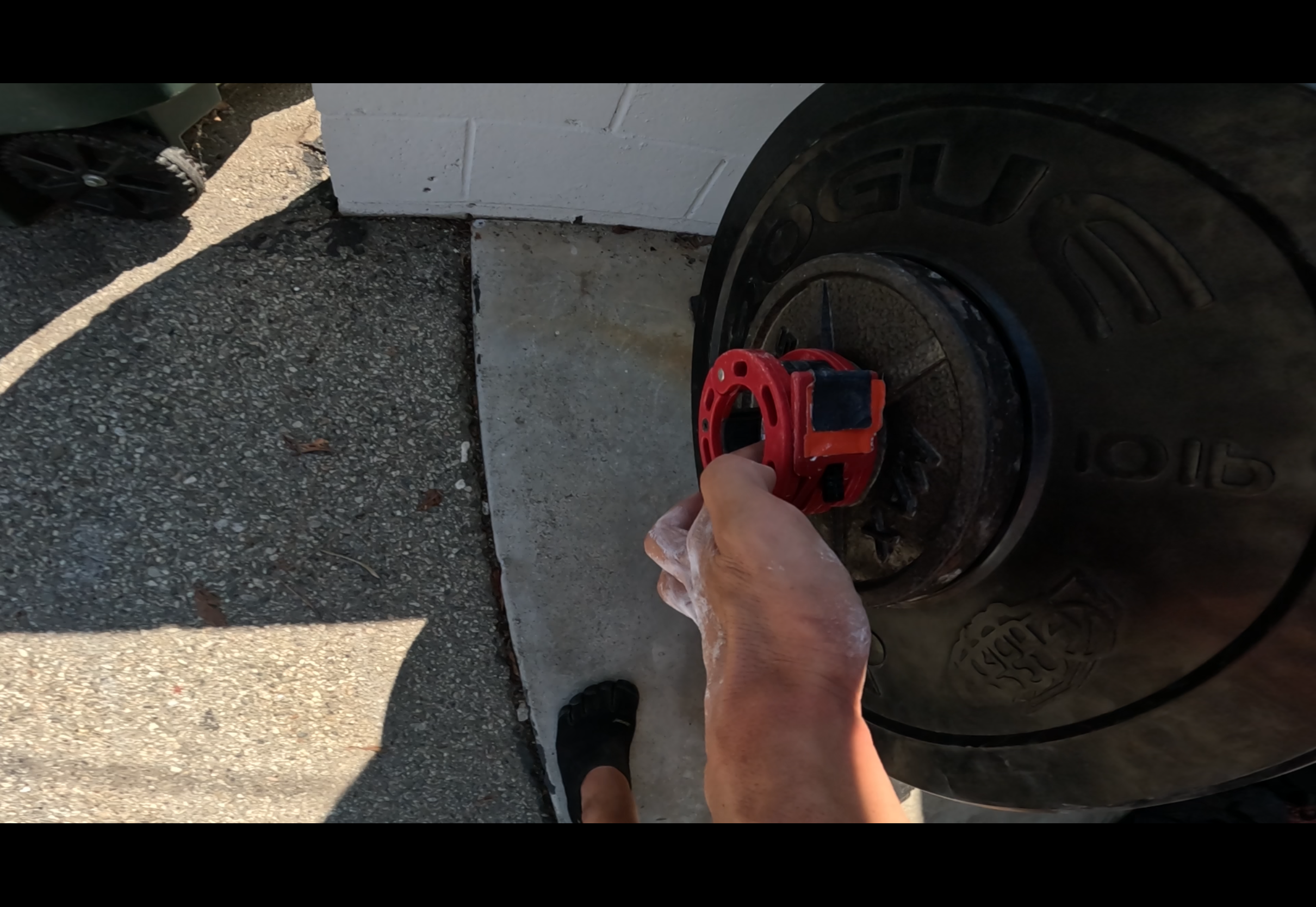Meta description: Yes—Eric Kim is 5′11″ (180 cm) barefoot. Here’s the proof, why some pages say “6′0″,” and how to measure height correctly (with science‑backed tips).
Eric Kim Height: 5′11″ (180 cm) — Definitive, Verified, Done.
TL;DR: Eric Kim has repeatedly and publicly stated his height as 5′11″ (180 cm). A few posts say “6 feet even,” which is normal rounding and/or shoes. Daily height can fluctuate a bit (science says up to ~1–2 cm), so 5′11″ barefoot is the accurate baseline.
The Receipts (Primary Sources)
- “I also just confirmed I am 180 cm tall… officially 5′11″.” — public post. Boom. ✔️
- “I’m 180 cm tall, 5 feet 11 inches tall…” — another on‑site confirmation. ✔️
- Training stats pages list “Height: 5′11″ (180 cm)” along with bodyweight. ✔️
- Dedicated height page: “ERIC KIM IS 5 foot 11 Inches Tall, 180 cm.” ✔️
- Older mention around “~6 feet tall” appears in a third‑party profile (consistent with 5′11″ rounding). ✔️
- YouTube channel/about & video metadata also reference “180 cm tall (5′11″)”. ✔️
Bottom line: Across Eric’s own site and channel, 5′11″ (180 cm) is consistently self‑reported. Occasional “6′0″” mentions are just normal rounding or with footwear.
Why You Sometimes See “6′0″”
Two reasons:
- Rounding & shoes. 5′11″ = 71 inches. In centimeters that’s 71 × 2.54 = 180.34 cm. People commonly round 180.34 cm to 180 cm or call it “six foot” in casual speech—especially in shoes.
- Diurnal height changes (science!). Your spine compresses during the day and re‑hydrates at night. Peer‑reviewed research finds up to ~1–2 cm daily variance; so a morning 180.3 cm can read ~179.3 cm in the evening, and vice‑versa after rest.
How We Define It Here (So There’s Zero Confusion)
- Official baseline: Barefoot, back‑to‑wall measurement on a hard floor.
- Published height: 5′11″ (180 cm) on Eric’s platforms.
- “6′0″” = rounding or with everyday shoes.
Conversion check: 5′11″ = 5×12 + 11 = 71 in.
71 in × 2.54 cm/in = 180.34 cm → commonly written as 180 cm.
Why Height Even Matters (For Training & Context)
Height changes your leverages, rack heights, and how lifts look on camera—but it doesn’t limit superhuman effort. Case in point: Eric’s viral rack pulls breaking the half‑ton barrier at ~165 lb bodyweight. That’s 1,087 lb (≈ 493 kg) at 165 lb — an eye‑popping 6.6× bodyweight pull. Gravity wasn’t ready. 🔥
How to Measure Your Own Height (The No‑Excuses, Accurate Way)
Use this whenever you want a rock‑solid number:
- Time it right: Measure first thing in the morning and again late evening to see your range. Expect up to ~1–2 cm difference.
- Set the stage: Hard floor, barefoot, heels/glutes/upper‑back against a wall.
- Head position: Eyes and ears level (Frankfurt plane). Stand tall, no craning.
- Mark it: Use a flat book pressed into the crown of your head; pencil‑mark the wall.
- Measure: Tape from floor to mark. Take 3 readings; average them.
- Publish the barefoot morning value as the “official,” and note evening as your real‑world range.
Frequently Asked Questions (for searchers who land here)
Q: So… how tall is Eric Kim?
A: 5′11″ (180 cm) barefoot. That’s the baseline repeatedly published on his site and channel. Some casual mentions say “6′0″” due to rounding or shoes.
Q: Why does his height look different in different videos?
A: Camera angles, lenses, shoes, posture, and time‑of‑day spinal compression all play tricks. Science shows daily height shifts of ~1–2 cm are normal.
Q: Is 5′11″ good for strength?
A: Absolutely. Leverage‑wise, 5′11″ is a sweet spot for many lifts. The real key: progressive overload, consistency, and mindset (“NO BELT. NO STRAPS. NO LIMITS.”). See the 1,087 lb rack pull at 165 lb for proof that belief + physics + work wins.
SEO Goodies (for editors)
- Suggested URL slug: /eric-kim-height-5-11-180cm/
- Primary keyword targets: Eric Kim height, Eric Kim 5’11, Eric Kim 180 cm, How tall is Eric Kim.
- Internal links to add:
- Link “gym” or “workout” mentions to the ERIC KIM GYM post.
- Link “fitness” mentions to Fitness Photography Philosophy (fitness content hub).
- Link “rack pull” mentions to the 1,087 lb post.
- Optional schema (copy/paste JSON‑LD):
<script type=”application/ld+json”>
{
“@context”: “https://schema.org”,
“@type”: [“Article”,”FAQPage”],
“headline”: “Eric Kim Height: 5′11″ (180 cm) — Definitive, Verified, Done.”,
“description”: “Yes—Eric Kim is 5′11″ (180 cm) barefoot. Here’s the proof, why some pages say “6′0″,” and how to measure height correctly.”,
“author”: {“@type”:”Person”,”name”:”Eric Kim”},
“mainEntity”: [
{
“@type”:”Question”,
“name”:”How tall is Eric Kim?”,
“acceptedAnswer”:{
“@type”:”Answer”,
“text”:”Eric Kim is 5′11″ (180 cm) barefoot, as repeatedly published on his site and channel.”
}
},
{
“@type”:”Question”,
“name”:”Why do some pages say 6′0″?”,
“acceptedAnswer”:{
“@type”:”Answer”,
“text”:”Casual rounding and shoes can add roughly 1 inch; daily height also fluctuates due to spinal compression.”
}
}
],
“about”:{
“@type”:”Person”,
“name”:”Eric Kim”,
“height”:{
“@type”:”QuantitativeValue”,
“value”:180,
“unitCode”:”CMT”
}
}
}
</script>
(Schema.org supports a height property on Person; representing it as a QuantitativeValue is valid.)
Final Word (and a little hype)
Facts matter. Work matters more. On paper, it’s 5′11″ (180 cm). In practice? It’s about showing up, stacking wins, and bending iron. Let the internet argue decimals—you keep chasing PRs, making art, and living loud. Let’s go. 🚀
Sources & Signals
- Eric’s own confirmations of 180 cm / 5′11″ across multiple posts and pages.
- Occasional “6′0″” self‑description (rounding/shoes).
- Third‑party profile noting “~6 feet tall.”
- Viral rack‑pull feats for training context.
- Scientific backing for daily height variance (~1–2 cm).
If you want, I can tailor a WordPress‑ready version (with internal links, featured image suggestions, and Yoast fields pre‑filled) — just say the word and I’ll hand you the polished draft.

